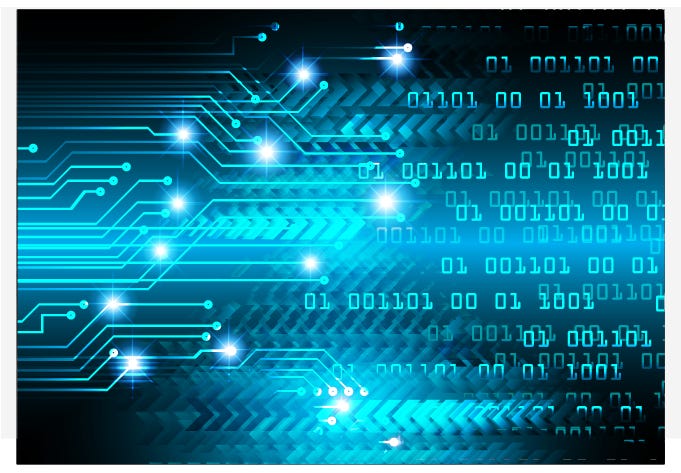Télécommunications Spatiales

This course is an advanced-level introduction to the fundamental principles of digital communication systems. A digital communication system is a system that transmits a signal from a source (voice, video, data, etc.) from one point to another by first converting it into a stream of bits, and then into symbols that can be transmitted over channels (cable, wireless, storage, etc.). The use of the digital binary stream as an interface between the source and the channel is universal, regardless of the type of source and channel involved. The principle of digital communication, with the bit as the most important concept of the information age, and its applications in computing, the Internet, wireless communication, etc., is one of the most successful stories of applying mathematics in technical designs.
The course provides an in-depth overview of digital communication techniques and systems. We explain the digital transmission chain, from baseband transmission to the latest transmission and modulation systems. We address the mathematical foundations of decomposing systems into source codes and channel codes designed separately. We introduce the principles and some commonly used algorithms in each component of the chain to convert continuous-time waveforms into bits and vice versa, matched filtering, and more. We give a comprehensive introduction to the basics of information theory, a rather in-depth treatment of Fourier transforms and the sampling theorem, the eye diagram, as well as an overview of the use of vector spaces in signal processing.
- Teacher: Tahraoui Sofiane
Aujourd’hui, le mobile permet d’accéder à un large panel de services - voix, internet, vidéo…, à travers des interfaces de plus en plus variées et sophistiquées : écran tactile haute définition, reconnaissance vocale, Bluetooth, WiFi, NFC, GPS…. Ces vingt dernières années, les réseaux mobiles ont énormément évolué. Initialement offre monolithique autour de la voix, ils permettent à présent de gérer un champ quasiment illimité de services et d’usages. L’objectif de cours est donc de comprendre ces évolutions et de détailler les technologies sous-jacentes au travers d’un panorama complet des réseaux mobiles.
Et de découvrir les réseaux GSM, GPRS, UMTS, LTE, d’en acquérir le vocabulaire de base et d’en comprendre les principes et services. Il est largement illustré de retours d'expériences et d'analyses de traces pour chacune des technologies étudiées.
- Teacher: aero transversal
- Teacher: azine houria
